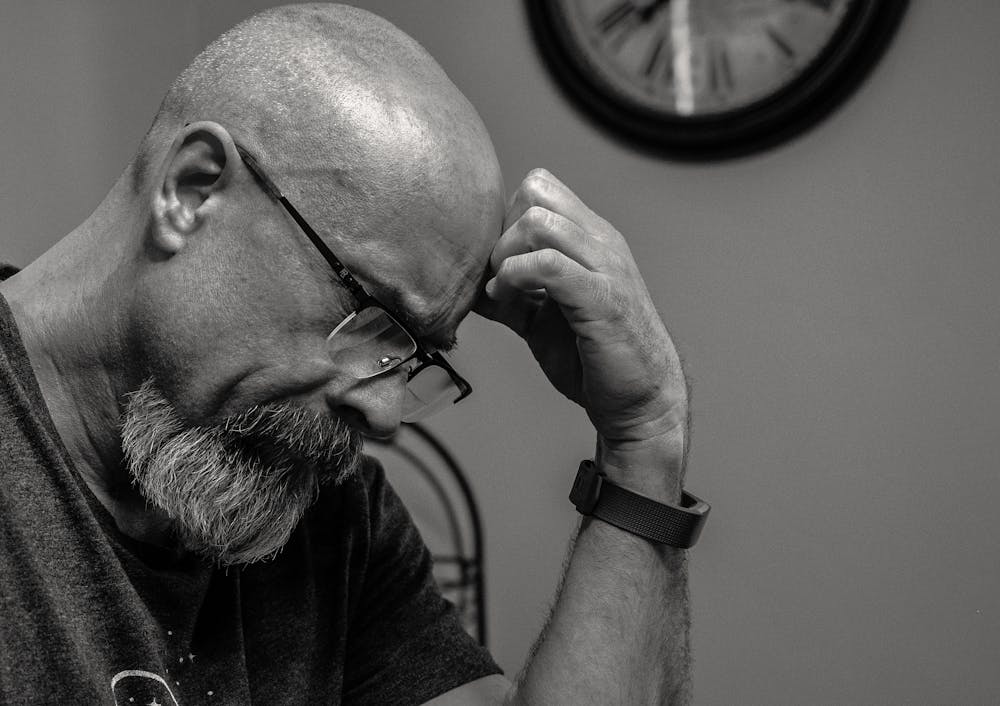Losing your hair can be really tough. It’s not just about the hair itself, but also about the feelings of confidence and youth that seem to go with it. It can feel like a piece of who you are is slipping away. But here’s some good news, hair restoration surgery is a real option out there, offering the chance to regain not only your hair, but also your self-esteem and that spark you might’ve felt was lost. Let’s explore this path together and find out how you can get that full head of hair back and the boost in confidence that comes with it.
Understanding hair loss
First things first, before we jump into the solution, we need to get a good grasp of what’s happening with hair loss. Hair loss or alopecia can come from all sorts of things, think genetics, hormones acting up, medical issues and even the stress of life itself.
The most typical kind is androgenetic alopecia. This one’s like a family heirloom nobody wants, it’s the kind that can turn a full head of hair into a sparse one for both men and women, with patterns of thinning and bald spots that are all too familiar.
The magic of hair restoration surgery
Now, hair restoration surgery, often called hair transplants, is a way to give your hair a second shot. It’s a medical procedure where surgeons move hair follicles from one part of your body, usually the back or sides of your head where the hair is thicker, to the spots where it’s thinner or gone completely. This has come a long way over the years and now it looks way more natural and lasts a whole lot longer.
Types of hair transplantation
There are two main ways to do a hair transplant, Follicular Unit Transplantation (FUT) and Follicular Unit Extraction (FUE).
- Follicular Unit Transplantation (FUT): FUT involves taking a tiny strip of your scalp with lots of hair and breaking it into teeny, tiny pieces with just one hair follicle in each. Then, they put these little bits into the areas that are balding or thin. It’s a good option if you have a big area to cover in one go.
- Follicular Unit Extraction (FUE): FUE is a bit more delicate. Surgeons use a small tool to pluck out individual hair follicles directly from the donor spot. This method doesn’t leave much scarring and is a fan favorite for a lot of people.
The hair transplant process explained
Well, starting with a chat with a skilled surgeon is the first step in the hair transplantation process. They’ll have a look at your hair loss situation, talk about what you hope to get out of the surgery and figure out the best plan just for you.
On the day of the big event, here’s generally how it goes down:
- Preparation: First, the donor area is cleaned and numbed with local anesthesia so you don’t feel a thing.
- Extraction: Depending on what method you pick (FUT or FUE), they carefully pluck out the hair follicles from that spot.
- Implantation: The removed follicles are then gently placed into the areas where your hair is thinning or missing.
- Post-procedure care: After it’s all done, you’ll get a lowdown on how to treat your scalp and deal with any discomfort.
Recovery and results
Recovering from hair restoration is usually a quick trip. Most patients can get back to their usual activities in just a few days. But remember, your surgeon’s advice on post-surgery care is gold to make sure everything heals up nicely and you get the best outcome.
You’ll start to notice baby hairs sprouting in a few months, with the real magic happening around six to nine months later. The new hair will grow just like the hair you were born with, blending in seamlessly.
Is hair transplant right for you?
All said and done, if you’re dealing with a lot of hair loss and want a solution that’ll stick around, hair restoration surgery could be just the thing for you. But, let’s be real, it’s not a one-size-fits-all deal. The best candidates for hair transplants are people with enough donor hair and who have a clear idea of what to expect from the results.
Wrapping it up
Losing your hair can be tough, but it doesn’t have to be the end of the story. If you’re up for it, hair restoration surgery can give you a fresh start with a fuller head of hair and a boost in self-esteem. Just make sure you know what you’re getting into and keep your expectations in check. If you’re ready to tackle your hair loss, chat with a doctor who’s really good at this sort of thing. They’ll guide you through the process and help you get back to feeling like the best version of yourself with a new set of locks.




